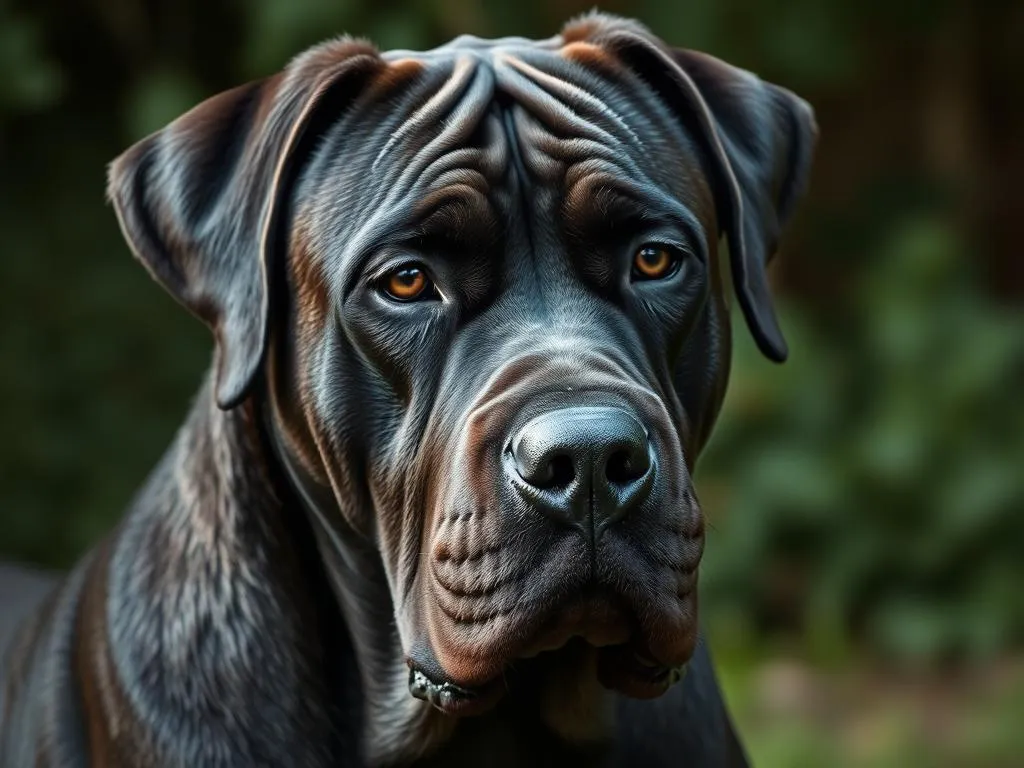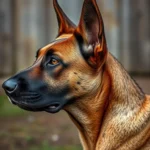
Cane Corsos, with their imposing stature and noble demeanor, have captivated dog lovers worldwide. Understanding the history and purpose behind this remarkable breed is essential for both potential owners and enthusiasts. So, what were Cane Corsos bred for? This article takes you through the fascinating journey of the Cane Corso, exploring its origins, breeding purposes, physical characteristics, temperament, modern-day roles, and care requirements.
History of Cane Corsos
Origins
The Cane Corso is part of the Mastiff family and has deep roots that trace back to ancient Rome. These dogs were bred from the Italian breed known as the “Cane di Macellaio,” or butcher’s dog, which was used for various tasks, including guarding and hunting. As the Roman Empire expanded, the Cane Corso became essential to farmers and landowners, assisting in protecting livestock and property.
Evolution Over Time
Over the centuries, the Cane Corso evolved significantly. Originally bred for their working capabilities, these dogs underwent changes in breeding practices, leading to variations in size, strength, and temperament. By the 20th century, the breed faced near extinction but was revived in the 1980s through dedicated breeding programs aimed at restoring its original traits. Today’s Cane Corsos maintain the balance between their historical roles and the modern-day requirements of companionship and family protection.
Purpose of Breeding Cane Corsos
Working Dog Role
Cane Corsos were primarily bred as working dogs. With their innate strength and intelligence, they were entrusted with specific tasks that showcased their abilities. Historically, these dogs were employed in various roles, including guarding, hunting, and herding.
Guarding and Protection
One of the most significant roles of the Cane Corso is that of a protector. Their natural instinct to guard makes them excellent watchdogs. Cane Corsos were often used to safeguard estates and livestock from intruders and predators. Their imposing presence alone can deter potential threats, while their loyalty ensures they protect their families fiercely.
For instance, many Cane Corsos are known to have successfully defended their owners against intruders, demonstrating their effectiveness as guardians. Their protective nature is deeply ingrained, stemming from their historical role in safeguarding property and livestock.
Hunting and Herding
Historically, Cane Corsos were also utilized in hunting large game. Their strength and agility allowed them to assist hunters in tracking, capturing, and holding onto their quarry. Additionally, they played a vital role in herding livestock, ensuring that animals remained safe and secure. This versatility in tasks highlights their adaptability as a working breed.
Physical Characteristics
Size and Build
Cane Corsos are large, muscular dogs, typically weighing between 90 to 120 pounds and standing about 24 to 28 inches tall at the shoulder. Their powerful build, characterized by a broad chest and strong limbs, reflects their historical breeding for strength and endurance. This physicality enables them to perform various tasks effectively, from guarding to hunting.
Coat and Appearance
Cane Corsos have a short, dense coat that comes in a variety of colors, including black, fawn, gray, and brindle. Their coat is not just a matter of aesthetics; it serves practical purposes, such as protection from the elements. The breed’s distinctive appearance, with its strong jaw and expressive eyes, contributes to its commanding presence, which has been valued throughout history.
Temperament and Behavior
Personality Traits
Cane Corsos are known for their confident, loyal, and protective nature. They tend to bond closely with their families and can be reserved around strangers. This temperament is closely related to their historical roles as guardians and companions. While they are naturally protective, they are also affectionate, making them excellent family dogs when properly socialized.
Socialization and Training
Early socialization is crucial for Cane Corsos. To ensure they grow into well-rounded adult dogs, it’s essential to expose them to various people, environments, and experiences from a young age. Training should be consistent and firm, using positive reinforcement methods. Given their intelligence, Cane Corsos are generally quick learners, but their independent nature can sometimes pose challenges.
Incorporating obedience training and engaging activities can help channel their energy positively, reinforcing their roles as both companions and protectors.
Modern-Day Cane Corsos
Current Roles and Responsibilities
Today, Cane Corsos continue to fulfill various roles beyond their historical purposes. Many serve as family dogs, providing companionship and protection. Their loyalty and intelligence make them excellent service dogs, and some are even involved in search and rescue operations. As a breed that thrives on physical and mental stimulation, they also participate in various dog sports and activities.
Popularity and Demand
In recent years, the Cane Corso has seen a surge in popularity. Factors contributing to this demand include their impressive appearance, versatility, and suitability as family pets. As more people learn about the breed’s capabilities and temperament, the Cane Corso’s appeal continues to grow. Responsible breeding practices and education about their care are essential to ensure the breed’s health and well-being.
Care and Maintenance
Health Considerations
Cane Corsos are generally healthy dogs, but like all breeds, they can be prone to certain health issues. Common concerns include hip dysplasia, elbow dysplasia, and certain heart conditions. Regular veterinary check-ups, a balanced diet, and proper exercise can help mitigate these risks.
Exercise and Nutrition
Given their size and energy levels, Cane Corsos require adequate exercise to maintain their physical and mental health. Daily walks, play sessions, and engaging activities are essential for keeping them fit and happy. Additionally, a high-quality diet tailored to their specific needs, considering their age, size, and activity level, is vital for their overall well-being.
Conclusion
The Cane Corso is a breed steeped in history and purpose. From their origins as working dogs to their modern roles as family companions, they embody versatility and adaptability. Understanding what Cane Corsos were bred for allows us to appreciate their unique qualities and the responsibilities that come with owning one. As you consider welcoming a Cane Corso into your home, reflect on their rich heritage and the bond that can be formed with these magnificent dogs.









